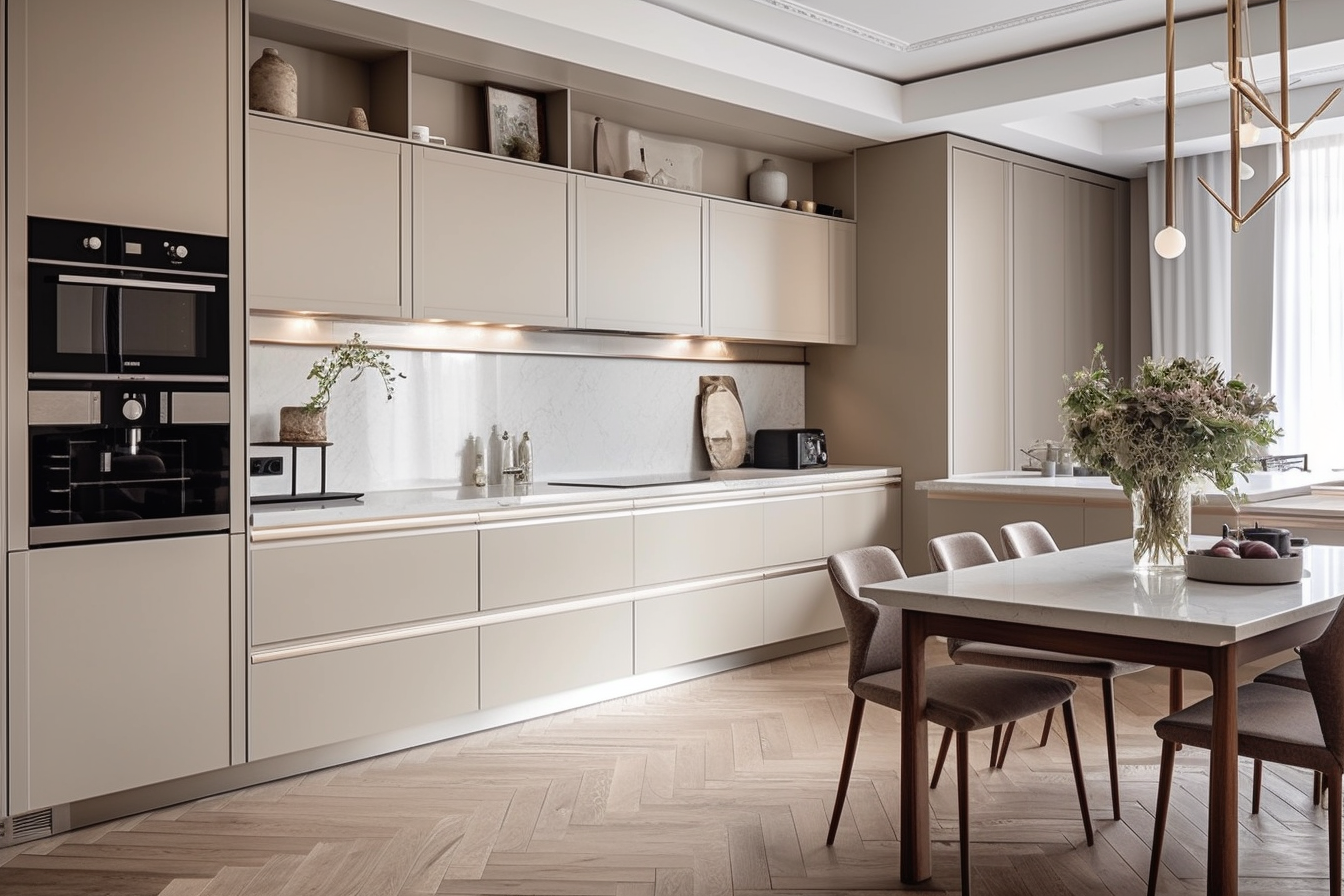Maintenance and touch-up tips to preserve hue consistency
Consistent color across walls and trim enhances a room’s cohesion and protects the value of a finish. This piece outlines practical maintenance and touch-up guidance to keep interior and exterior hues aligned over time, addressing undertone shifts, finish wear, and simple repair approaches.

Maintaining consistent hue across a building surface takes more than occasional touch-ups; it requires attention to undertone interactions, finish selection, and how environmental factors alter perception. Regular inspection and timely small repairs reduce visible contrast between patched and original areas. This article explains methods to assess color drift, choose compatible products, and perform touch-ups so your palette remains harmonious across interior and exterior zones.
How to assess hue and undertone
Start by evaluating hue and undertone under the same lighting conditions where the color will be viewed most often. Undertones—subtle warm or cool hints beneath the primary hue—can make matched paint appear off even when labeled the same. Use small sample swatches applied to the surface, observe them at different times of day, and compare against trim or accent finishes. Record the original paint code, sheen, and any tinting notes. When assessing touch-up needs, clean patches first; dirt and surface oils change perceived hue, so a fresh, clean area gives the most accurate match.
Building a coherent palette for interior and exterior
A coherent palette reduces the visual impact of repairs by limiting extreme contrasts between zones. For interior spaces, choose complementary colors with compatible undertones for adjacent rooms and trim. For exterior schemes, consider weathering and exposure: sun, rain, and pollutants can fade or shift color differently on various surfaces. Keep a mapped palette and note which finishes were applied to siding, trim, and accents. This record helps when matching for touch-ups months or years later, and improves consistency between interior and exterior transitions like door frames and entry trim.
Finish and lighting: effect on perceived color
Finish selection affects both durability and perceived hue. Flat or matte finishes diffuse light and can conceal minor variations, while glossy finishes reflect more light and can amplify mismatches. Lighting—natural or artificial—interacts with finish: warm bulbs emphasize yellow undertones, cool LEDs highlight blue tones. When doing touch-ups, match both sheen and the lighting conditions where the repair will be seen most. If changing finish for durability, test how the new sheen alters the apparent hue before committing to full-surface application.
Touch-up techniques for accent and trim areas
Accents and trim are high-visibility areas where small inconsistencies stand out. For small nicks or scuffs, feather the repair by lightly sanding the damaged edge and blending the new paint outward in thin layers. Use a brush for trim to control application and mimic the original brush or roller pattern where possible. For larger patches, prime the spot with a compatible primer to seal the substrate and prevent absorption differences, then apply the matched topcoat. Keep a small quantity of the original paint mixed and labeled for future touch-ups to ensure consistent pigment and sheen.
Monochrome, neutral, and contrast maintenance
Monochrome and neutral schemes can reveal subtle undertone shifts that are less obvious in high-contrast palettes; a slight yellowing in a neutral gray can become noticeable over time. For contrasting schemes, maintain crisp edges by cleaning borders and touching up both contrasting colors when needed to retain clear separation. Use painter’s tape sparingly for repairs to preserve straight lines, and consider repainting entire accent elements rather than spot-filling if multiple small mismatches accumulate. Regular cleaning and gentle abrasion can keep monochrome fields uniform, delaying the need for broader repainting.
Durability, sustainability, and regular maintenance
Durability choices influence how often touch-ups are required. Durable, low-VOC formulations and mildew-resistant coatings can extend intervals between repairs while addressing sustainability goals. Select products with appropriate abrasion resistance for high-traffic areas and UV stability for exterior surfaces. Maintain surfaces by cleaning with mild solutions, avoiding harsh chemicals that strip binders. Schedule yearly inspections to identify early failure points—flaking, chalking, or color shift—and address them promptly to avoid larger restoration work and reduce material waste.
Conclusion
Consistent hue preservation depends on careful assessment of undertones and finishes, consistent documentation of original coatings, and routine maintenance tailored to interior or exterior exposures. Thoughtful touch-up techniques—matching sheen, prepping surfaces, and blending repairs—minimize visible contrast and extend the life of a palette. Regular inspections and small, timely interventions are effective strategies for maintaining cohesive, reliable color across surfaces without unnecessary full repaints.





